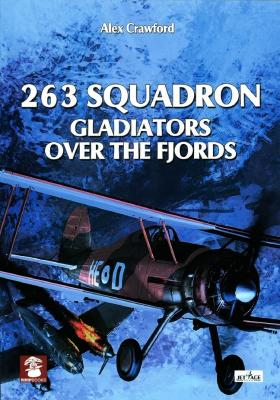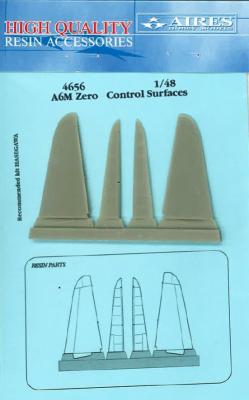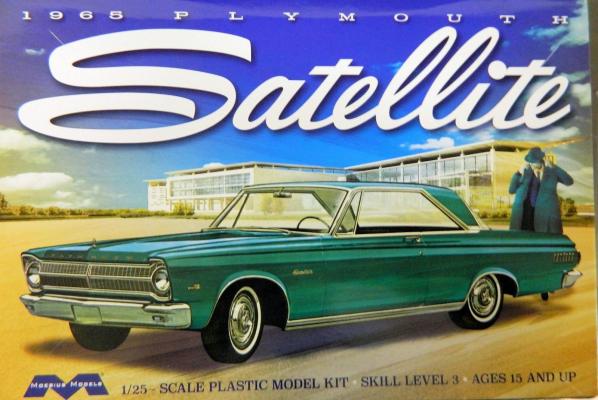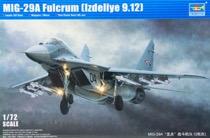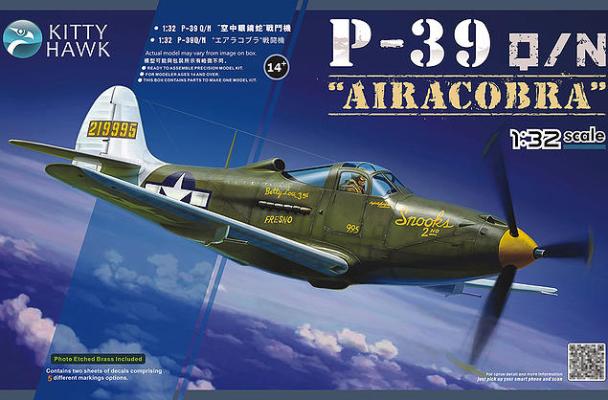Scotland native Alex Crawford is back for his sixth book with Mushroom Model Publications and his third on the Gloster Gladiator. This book is an operational review of the squadron’s two disastrous visits to Norway. The first trip ended with the destruction of all of 263 Squadron’s Gladiators after two days of heavy fighting. The squadron was evacuated and re-equipped with more Gladiators and made a return trip to Norway. Improved organization allowed 263 Squadron to perform better for three weeks of fighting before they were once again evacuated. The remaining ten Gladiators were flown on board HMS Glorious for the return to the UK. Disaster struck the next day when during HMS Glorious was attacked and sunk by the German battle crusiers, Gneisenau and Scharnhorst, with the loss of all of 263 Squadrons’ pilots.
Welcome to the IPMS/USA Reviews site!
Introduction: The primary organization of the IPMS/USA Review website is by IPMS/USA National Contest Class. Within each Class there are sub-menus by kits, decals, books, etc. The Miscellaneous Class is for items that are not class specific or that cross two or more classes.
IPMS/USA Members: We encourage you to submit reviews, both here and to the Journal. To volunteer for membership in the IPMS/USA "Reviewers Corps" and submit your own reviews, please read the Guidelines For Submitting Product Reviews.
Manufacturers, publishers, and other industry members: IPMS/USA is pleased to offer your company the opportunity for product reviews. All product reviews are performed by IPMS/USA members, and are posted in the publicly-accessible section of our website. With very few exceptions, we perform full build reviews of new kit releases, aftermarket products, and supplies. If you would care to provide product samples for review, please contact John Noack, IPMS/USA 1st VP.
To learn more about IPMS/USA, please see our About Us page.
Aires has come out with a nice upgrade for the Hasegawa A6M series of kits with their horizontal control surfaces set. The Aires parts allow you to alter the position of the elevators and provide improved stabilizer to elevator detail. There are no supplied instructions; you simply swap out the kit provided plastic parts with the new Aires replacements.
Aires has molded the stabilizer and elevator perfectly in light grey resin with no apparent bubbles. The Aires stabilizer and elevator are supplied on a single resin sprue with thin resin attachments to the parts that should minimize any cleanup.
Although most paints will adhere to resin alone, I would recommend that you wash the parts to remove any remaining mold release and prime them first. They will need to be installed with your favorite CA (super glue) or epoxy, as the normal plastic glues or solvents will not react with the resin.
Highly recommended!
The 1965 Plymouth Satellite kit does not show up on the Moebius website. I’m not able to tell you why it doesn’t. (ed. note - it is listed under the Club Moebius section of their site listed above)
Engine
The Commando 426 engine with TorqueFlite automatic transmission is extremely well done with excellent engraving and separate pieces for the oil filter and Carter carb.
Interior
Moebius did an interior platform with separate side panels and seats that feature wonderful engraving. The well engraved dashboard has decals for gauges and the radio face. The separate console fits very well.
History
In response to the USAF’s 1970’s initiatives to launch new fighters, the F-15 and F-16, the Soviet Union fielded their own modern equivalents, the Su-27 Flanker and Mig-29 Fulcrum. All these aircraft are still in service with their respective, and other, countries. During the last twenty years, the Mig-29 has even seen service in several nations that are now part of NATO. They mostly operate as interceptors. In the plastic modeling world, the F-15, F-16, and Su-27 have been well represented in kits, but the Mig-29, not so much. Trumpeter has filled the void with a quality model of an early production version, Product 9-12, of the Fulcrum.
The Bell P-39 Airacobra is one of the most distinctive looking and interesting aircraft designs to be built in large numbers in the early years of World War II. It was designed by Bell Aircraft Corporation in the late 1930’s as a fighter interceptor with some very innovative features. The large V1710 Alison engine was located behind the cockpit, a 37mm cannon was mounted through the spinner shaft and rather than having a top opening canopy it was designed with car style doors.
This highly anticipated new kit from Kitty Hawk is the first kit of this awesome fighter in 1/32 scale that is not a short run kit. This boxing includes parts to build either the Q or N variants which saw extensive service with the Soviet Union and the Pacific Theater.











